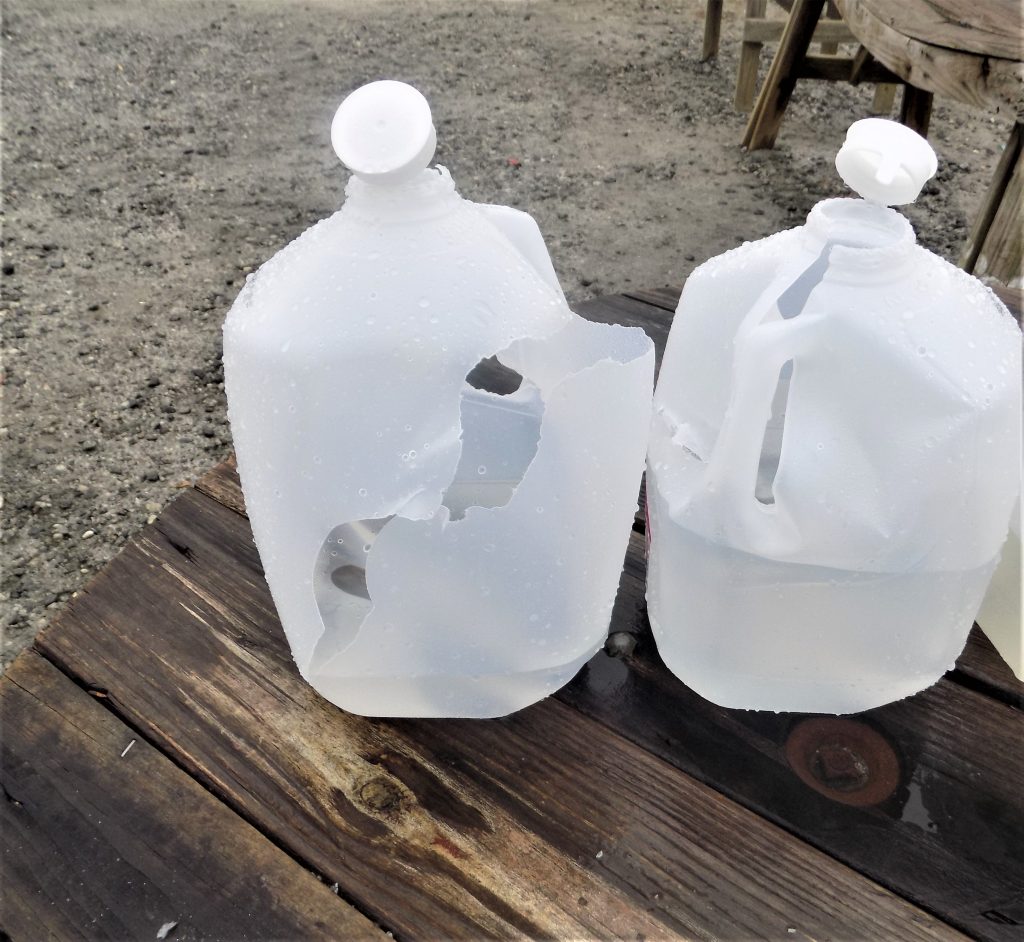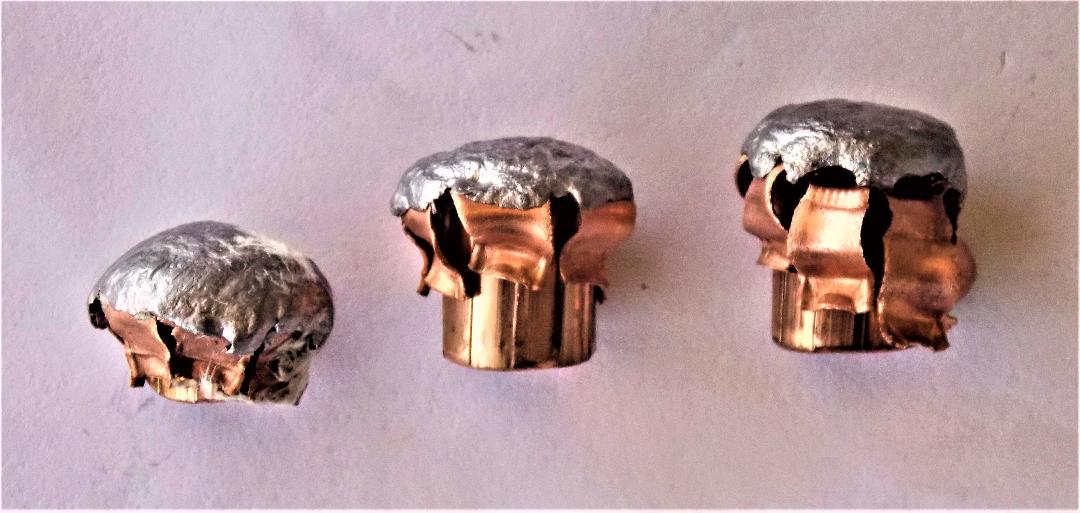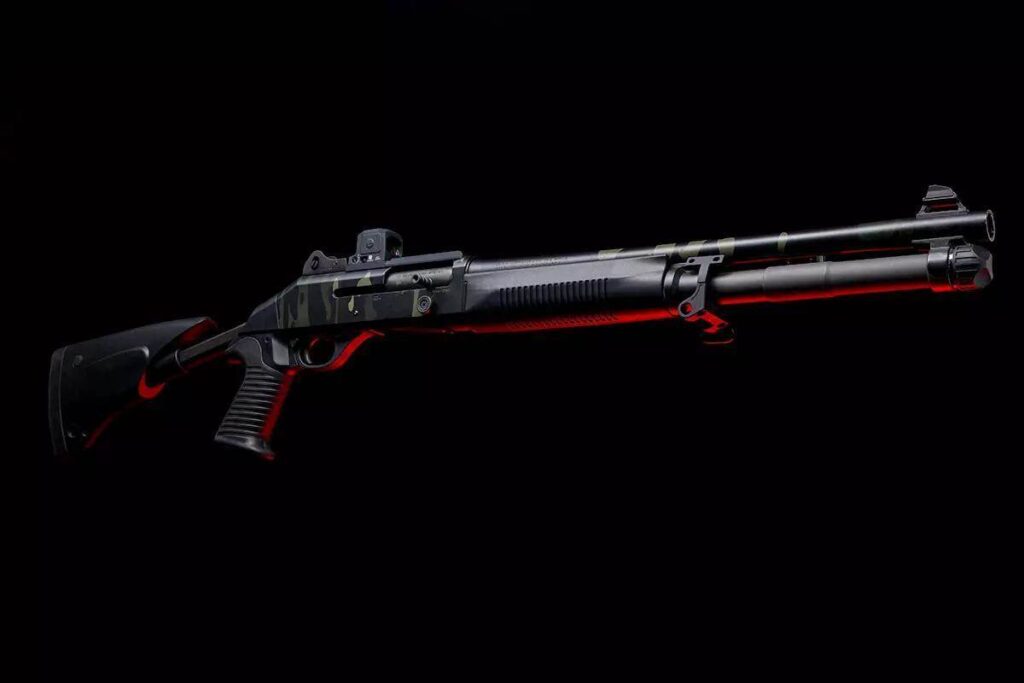Testing ammunition munitions and cartridges is complicated by any standard. Research and development begin in the ballistics lab and continue into field experience after the loads have been fired into gelatin for personal defense testing. The combination of science is demanding. The load must operate at a safe pressure for the given cartridge while providing maximum performance. This means careful powder and primer selection. A full powder burn and good accuracy are desirable.
Wound ballistics are at a high level of reliability. Over the previous century, tests have been conducted using dry cadavers, pine boards, European glue, wax, water, wet newspaper, and most recently ballistic gelatin. Gelatin is the closet media we have to flesh and blood and human and animal tissue, yet it really isn’t close at all.
Gelatin is useful for comparing one load to the other but not necessarily for comparing how the loads will actually perform in a living target. The results are close enough for government work! Ammunition companies, military and police agencies and institutions use gelatin for ammunition testing. Gelatin alone of the viable test media gives a permanent representation of the wound channel. As an example, I often use water for comparing one load to the other. It is repeatable, as well as reliable, and water results are consistent. On the downside, there is no record of the effect, and of course, water isn’t as data rich as gelatin. Water is more practical for most of us. We like to test our own ammunition and choose a load that fits our needs. Reliability may be tested by firing the load in our personal firearms.
Advertisement — Continue Reading Below


Recoil, control in the individual handgun, a clean powder burn, good bullet pull, limited muzzle blast and flash, and reasonable accuracy are important. A loading with a balance of expansion and penetration is desirable for personal defense. Preparing gelatin for testing is a demanding procedure. The gelatin must be properly mixed, and it is tested for consistency, so the results will be valid and repeatable. It is expensive to scrap a 40-pound block of gelatin that isn’t mixed properly. Consistency is vital. Agencies across the world must be able to compare ballistics results obtained in the United States. The term repeatable and verifiable are heard often.
Advertisement — Continue Reading Below
Gelatin and ballistic testing are valid. There are pop culture so called studies with zero validity. So called street results have little value compared to lab testing, just because X caliber produced ‘a stop’ doesn’t mean X caliber is reliable in all or most circumstances. Some so-called studies claim to have confidential reports and secret sources. Their validity is zero. Science doesn’t ask you to believe, science presents the facts. As an example, a few years ago some writers actually convinced a gullible minority that secret testing—involving shooting alpine goats—had been conducted! The technical is seldom as exciting as fiction, but it is reliable. Don’t get caught up in a hoax. The results obtained in scientific testing are useful in comparing one load to the other. I do not wish to discourage anyone from mixing their own gelatin as there are many careful people capable of doing this work; it is simply a chore that most would not care to perform. There is a considerable investment in time and material. You have to know how to read a wound cavity for the results to be worthwhile.

In water testing, penetration and expansion are tested. The bullet is found in the skin of a water jug, in the jug, or between jugs. The bullet is captured by the gelatin block. The wound cavity is represented in the block. Most jacketed hollow point bullets expand in an 18-inch block and stop. The gelatin block expands a bit and often snaps back to shape. You look over the entire cavity and determine the results.You will observe how quickly the bullet expanded past the initial caliber-size hole. Some penetrate the same length but begin expanding at different points. How deep and wide is the cavity, that is the question. This makes for a measurable complete wound volume. Two wound cavities with the same depth of penetration may have different characteristics. The FBI measures the total wound volume. The FBI also demands a minimum of 12 inches of penetration with 18 inches being desirable. This is reasonable considering the fact that the felons arms may be extended as he is firing at you—demanding penetration through the arm bones.
Advertisement — Continue Reading Below
Heavy clothing or light cover may be part of the problem. Or, you may be dealing with a heavy and thickly muscled individual. Another consideration is the length of the beginning of the wound channel, sometimes referred to as the neck. If the neck is relatively short, then the bullet has begun expanding early. If the neck is long, expansion began later. This isn’t a trait that may be measured with other media. A rapidly expanding bullet may be desirable in home defense. An average-sized individual with light clothing will be addressed well by such a loading. On the other hand, the larger the opponent and the more heavily clad—as in a winter scenario—the bullet that begins expansion later might be the better choice. The choice, which depends upon an individual scenario, is common wisdom. However, some cannot afford the luxury of the individual scenario, and wisely plan for the worst-case scenario. In this case penetration is favored.
The final arbiter of effectiveness is shot placement. A shot to the arterial region that produces blood loss through damage is most desirable. The lungs are not particularly difficult to penetrate. The body has both hollow and solid organs. A hit to one of the solid organs often produces more shock and more bullet expansion. Bullets that expand well are often stopped by the heavy skin of the back. This layer or hide is more resistant to damage than commonly realized. Flesh, blood, bones, and solid organs are a mix in the body that cannot be easily duplicated.

Advertisement — Continue Reading Below
A pistol bullet may not expand at all. If the bullet nose strikes bone and the nose closes, then there will be no expansion. Gelatin is useful for testing because it homogenous. This simply means it is the same in detail through the gelatin block and does not differ. There have been attempts to modify gelatin for greater realism, such as the Royal Canadian Mounted Police testing of gelatin with bones interspersed in the mix. While interesting, such experiments simply give a rough idea of bullet performance in human beings, although the testing is valuable and valid. The RCMP also tested at 50 yards, reasonable in light of the ranges of climate and the real estate patrolled by the RCMP. A few individuals with little qualification to comment have argued against the FBI’s minimum penetration standard. This isn’t wise. The FBI has more resources than any gun writer and most ammunition factories. There is good reason I cannot recommend small calibers. The baseline of .38 Special and 9mm Luger for minimal personal defense is valid. These loads offer a high degree of protection for those that practice. And, in the end, that is what matters—practice, shot placement, and marksmanship.
Necessities for comparing ammunition
Chronograph
Advertisement — Continue Reading Below
Ammunition media- water or gelatin
Magnifying glass to check for unburned powder
Solid shooting rest to check for accuracy
Advertisement — Continue Reading Below















